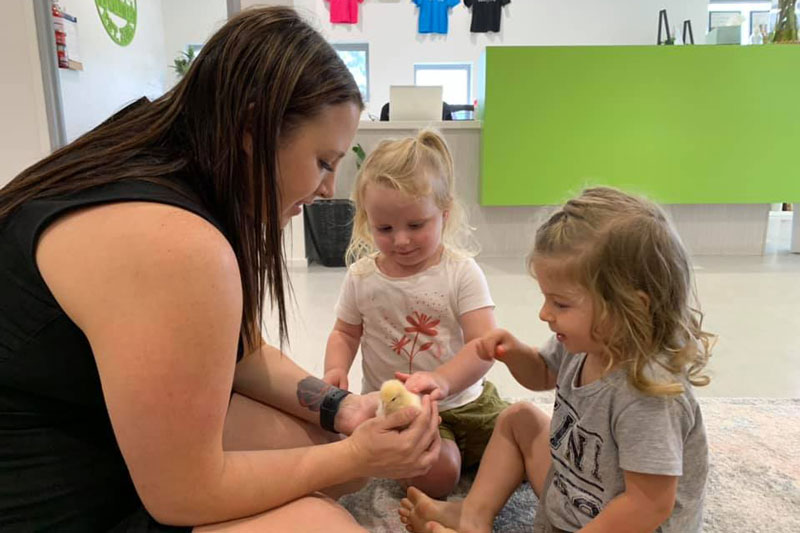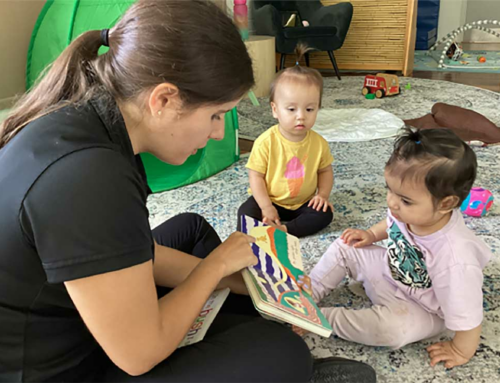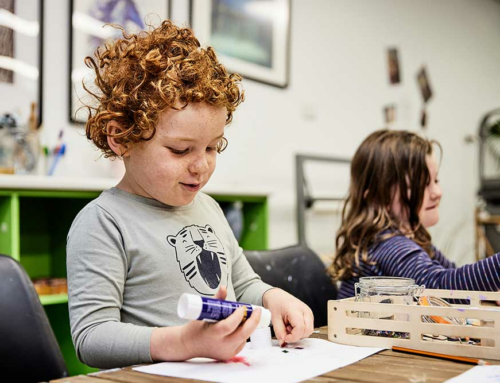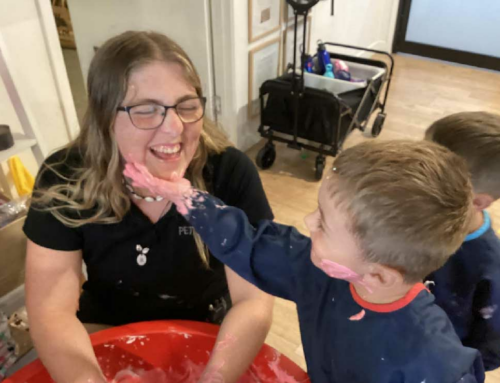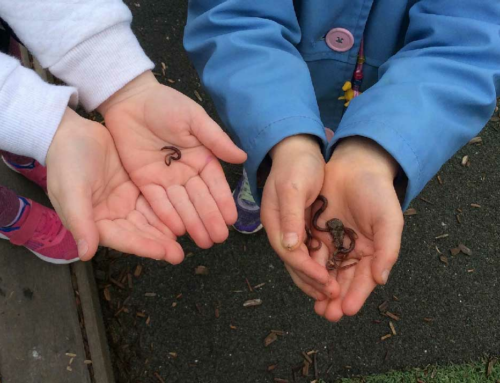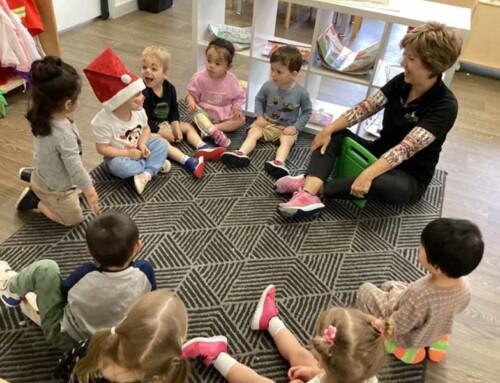Animals capture the hearts of children (and adults!). Caring for animals in early learning settings can serve different purposes, from companionship to education. Having pets in early childhood education and care allows children to observe, interact and learn about animals and the natural environment.
Animals inspire children’s curiosity and provide children with meaningful experiences. At Petit Early Learning Journey, our services put a great deal of thought into choosing suitable animals to introduce to children, including how they will be cared for and by whom.
Pets in early childhood settings support children in connecting with and contributing to their world, which is part of Outcome 2 of the Early Years Learning Framework.
In this article, we discuss the importance of animals in early childhood plus some of the pets our services care for, including:
- Fowl — more commonly called chooks, chickens or hens and roosters.
- Stingless native bees — our native Australian bee.
- Fish — a popular choice with many benefits.
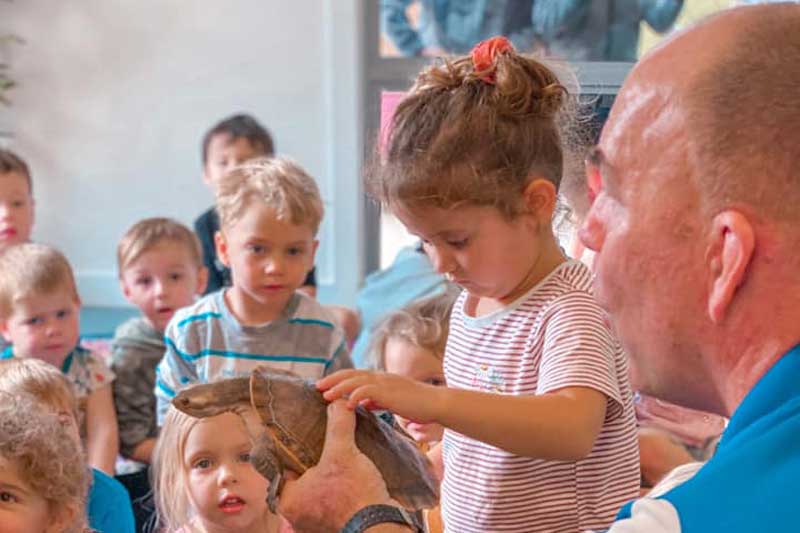
The importance of animals in an early childhood environment
Children feel a sense of excitement and awe when they interact with animals. You can see it when their faces light up at the sight of fluffy chicken or the precious find of a ladybug. But animals, both long-term pets and temporary visitors provide many other benefits.
Interactions with animals help children build a sense of connection with their environment. It can help them learn about nature and the difference between wild and domesticated animals. In addition, pets can help children grow more confident, improve their self-esteem, social skills and overcome fears.
Pets in early childhood environments can help relieve children’s stress and anxiety leading to better social interactions.
Childhood Educators can encourage children’s sense of empathy for animals by promoting the wellbeing of pets in their care. Through their positive experiences with animals, children can learn to care about others, develop a sense of responsibility and recognise the needs of animals including humans.
Animal interactions can also lead to the introduction of many different learning topics especially those about the environment, science, life cycles, wellbeing of animals and diversity.
When caring for animals at home or in an early childhood environment, we need to consider:
- Allergies.
- Other health and safety risks.
- Whether there is enough space to look after them.
- Changes to routines (like washing hands).
- How will the animals be cared for, especially on weekends or holidays?
- Legislative requirements.
Some animals require a lot of space to roam and need regular looking after. When choosing the perfect pets for the children in our services, we always include our Educators, families and communities in discussions and decision making.
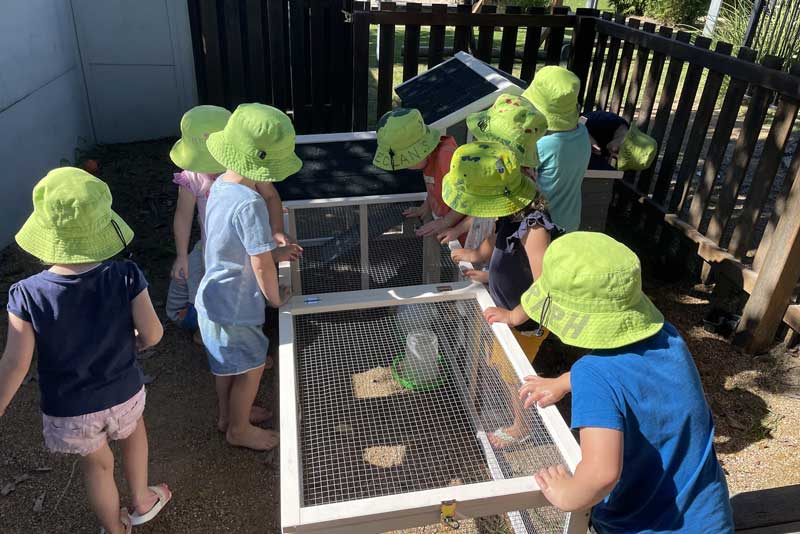
Chickens as pets for children
Chickens make great pets. Animal experiences with chickens often start with egg hatching programs in our services where children can explore their curiosity about animals and watch eggs hatch. It is inspiring to watch young chicks emerge from these hands-on experiences.
Sometimes our families can take the chicks home. A few of our services also keep them on, so children can learn more about caring for the animals as they grow into hens. Egg-laying hens can also support a service’s sustainable practices.
“There are so many benefits of having chickens as pets,” says Shanyn Pelling, Centre Director at Petit ELJ Murwillumbah. “They help teach the children what caring for animals entails, such as the feeding, watering, adequate housing and showing how it feels to love a pet.”
“The chickens also assist with our sustainability plan at our service. Our Educators and families can take the eggs home to eat, and we also use our scraps from the kitchen to feed them.”
“The chickens are a great asset to our centre; in the mornings, they can be of great help for Educators settling children after drop off. The children learn empathy through treating the animals gently and with respect.”
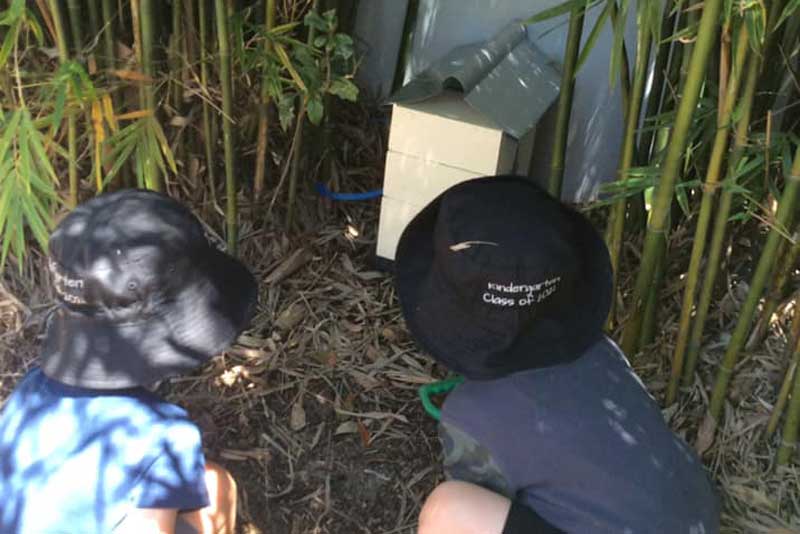
Native stingless bees as pets in early childhood
One of the best things about native stingless bees is that they don’t take too much looking after.
Because they’re stingless, they make a perfect pet to have around young children in an early childhood environment. Gardens with vegetables or flowers will flourish with native stingless bees around.
There are several different species of stingless bees in Australia. While our native stingless bees produce only a little honey (less than a litre each year), they are well known for their pollination abilities.
Our service at Petit ELJ Hamilton introduced a colony of native stingless bees to help with the pollination of their garden. Planting more flowers that the bees are attracted to will also help keep the bees around and stop them from swarming to areas with more pollen.
Bees as pets — particularly our native stingless bees — provide children with an opportunity to observe and learn about nature. It helps build on children’s interests in bees and other insects such as butterflies and bugs.
Bees have an interesting life cycle, and by observing them, children can learn more about how the queen bee and hive members work together to create more bees.
Looking after bees and making sure the nest doesn’t get attacked by flies and other bugs gives children a chance to take responsibility for these animals.
Petit ELJ Hamilton extends this learning of Australian stingless bees through its gardens and studios. The children and Educators enjoy connecting with the environment.
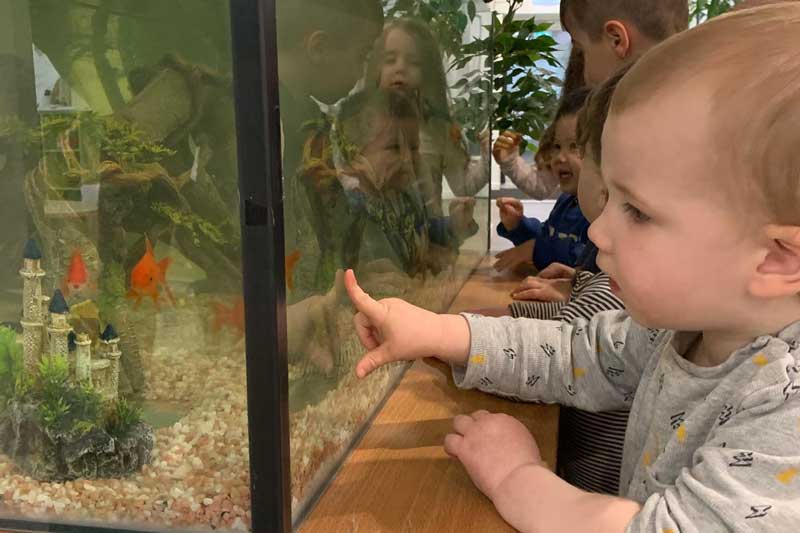
Fish as pets
Some of our services choose to have fish as pets. Fish may seem easy to look after but caring for them comes with many responsibilities. They take a lot of planning, from the type of fish tank to choosing the fish species and deciding who will oversee their cleaning and caring.
Fish tanks need to be cleaned regularly, just like bird cages. It may not be appropriate or safe for children to have some tropical fish species as pets in some situations. When considering caring for animals, Educators need to be prepared and willing to take on the responsibility.
Caring for fish as pets in early childhood can benefit young children. They:
- Inspire curiosity about how they swim and live underwater. Fish are perfect topic starters for science lessons on water environments like the ocean or rivers.
- Teach children responsibility about pet care.
- Children learn how often fish need to be fed, how often the tank needs to be cleaned and how to properly handle fish.
- Create a calming environment. When children watch the bubbles and the fish swimming around in the tank, it can help soothe them.
- Help with language development as children love talking to fish.
- Can assist with learning colours and counting.
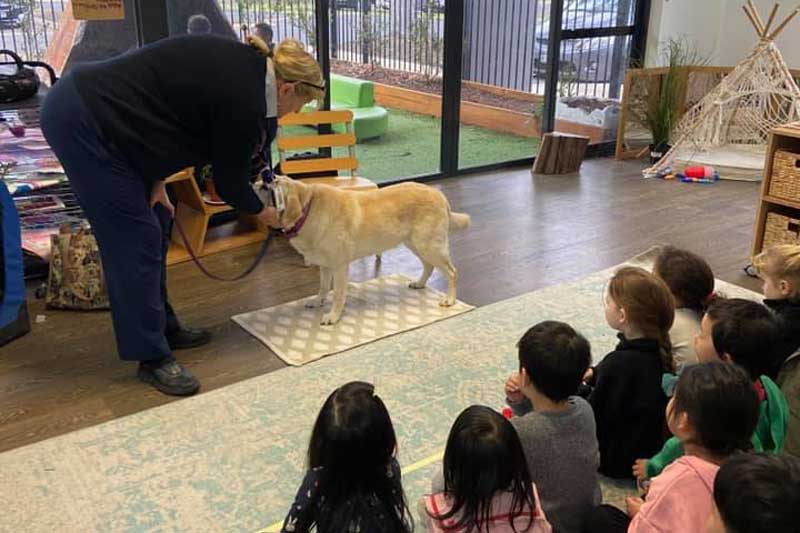
Caring for animals through incursions and excursions
Our Educators love listening to children’s interests, hearing stories about the family pets, reading books about their favourite animal and setting up provocations and positive experiences about wildlife, sustainability and the environment.
Our services provide genuine learning experiences for children to interact with farm animals and Australian native wildlife.
Children may have the opportunity to participate in safe spaces with families outside our services with wildlife. Excursions provide children with the opportunity to engage with goats, farm dogs, rabbits, birds, guinea pigs, kangaroos, wallabies, crocodiles, other reptiles and fish.
These positive experiences inspire children to care for wild animals and conserve their natural habitats.
Our services may also extend children’s learning by inviting local animal carers to visit. The visits from these animals provide children with hands-on experience and knowledge from local experts. Children can learn more about reptiles, sea life, guinea pigs, turtles or how to approach a pet dog.
For example, Petit ELJ Forest Hill’s Kindergarten provides opportunities for children to take part in a responsible pet program. The children welcomed Jemma, with her owner Pam to the service. Pam teaches the children how to be safe around dogs.
At Petit ELJ, we encourage children to learn about animals and their vital role in the environment. We observe the wild animals that naturally visit our outdoor environments, such as birds, ladybugs, and other beetles.
Our childhood Educators support and build on children’s interests in caring for animals by helping them to investigate and discover more about them.
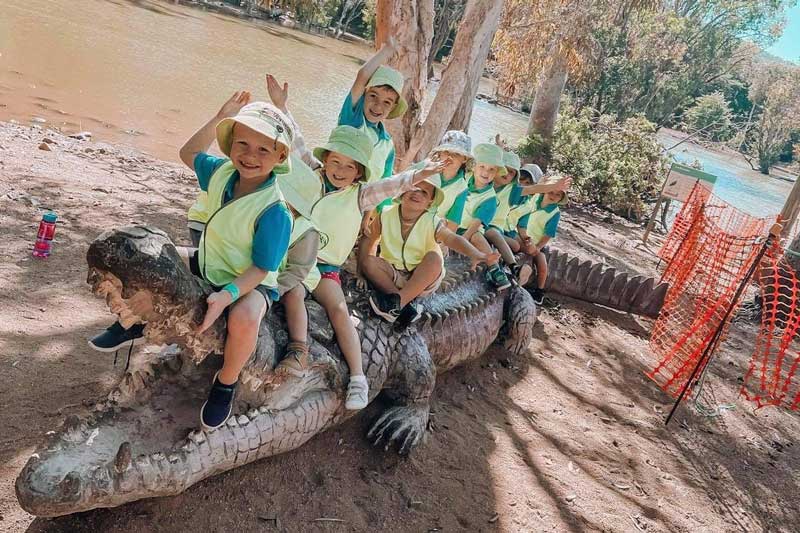
Inspire your child’s caring for animals with Petit Early Learning Journey
At Petit ELJ, children are active learners. Their direct involvement with people, places and things including pets and wild animals contributes to their learning experiences.
Our goal is for all children to develop compassionate, responsible and harmonious approaches to solving life problems. We listen and engage with our families, children and local communities when developing our educational programs, so they offer meaningful and genuine connections.
We believe all children are driven by their curiosity to explore and understand the world around them. Give your child the best start in life. Inspire your child’s learning with Petit Early Learning Journey.
